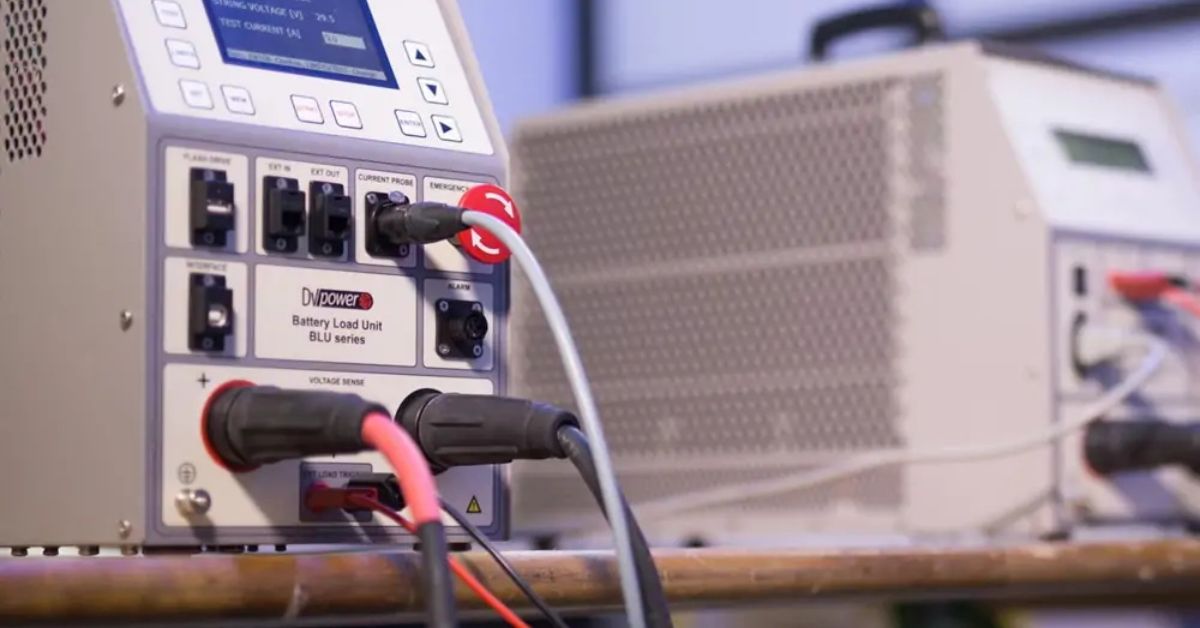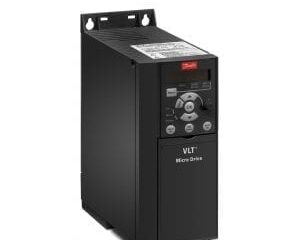A battery discharger Units , often known as a battery tester or load bank, may appear paradoxical. Isn’t the purpose to keep batteries charged? While this is true, dischargers play an important role in battery health, performance assessment, and safe disposal.
What Does a Battery Discharger Unit Do?
In essence, a discharger unit acts as a controlled drain on a battery, simulating real-world usage and measuring its capacity. By discharging the battery at a specific current, the unit can determine:
- Total Capacity: How much usable energy the battery holds, measured in ampere-hours (Ah).
- Health: The ability of the battery to deliver its rated capacity. A significant difference between measured and rated capacity indicates potential degradation.
- Performance Under Load: How the battery voltage behaves as it discharges, revealing weaknesses or internal resistance issues.
Types of Battery Discharger Units:
Dischargers come in various forms, catering to different battery types, sizes, and testing needs. Here’s a basic breakdown:
- Simple Dischargers: These compact units are ideal for hobbyists or basic testing of lead-acid batteries. They offer manual controls for discharge current and endpoint voltage settings.
- Advanced Dischargers: These feature microprocessor control, allowing for programmable discharge profiles, data logging, and analysis. They can handle a wider range of battery chemistries, like lithium-ion, and offer more precise measurements.
- Multi-Channel Dischargers: Designed for testing multiple batteries simultaneously, these are beneficial for production line testing or evaluating battery banks.
Applications of Battery Discharger Units:
Battery dischargers find use in various sectors, including:
- Battery Manufacturing: Ensuring batteries meet capacity and performance specifications.
- Renewable Energy Storage: Testing and maintaining batteries used in solar and wind power systems.
- Electric Vehicles: Evaluating battery health and predicting remaining range.
- Electronics Recycling: Safely discharging batteries before disposal.
Benefits of Using a Battery Discharger Unit:
Regular use of a discharger offers several advantages:
- Proactive Maintenance: Identify battery degradation early, allowing for timely replacement and preventing unexpected failures.
- Optimum Performance: Ensure batteries are delivering their full potential, maximizing runtime and efficiency.
- Safety: By identifying weak batteries, dischargers help prevent overheating and potential fire hazards.
- Improved Battery Life: Understanding battery discharge characteristics allows for optimized charging practices, promoting longevity.
Choosing the Right Battery Discharger Unit:
When selecting a discharger, consider these factors:
- Battery Type and Voltage: Ensure compatibility with your specific batteries.
- Discharge Current Range: Choose a unit capable of handling the desired discharge rates.
- Features: Consider data logging, programmable profiles, and safety features for advanced testing needs.
By employing a battery discharger unit, you gain valuable insights into your batteries’ health and performance. This knowledge empowers you to make informed decisions about maintenance, replacement, and ultimately, get the most out of your batteries.
You May Also Like: Navigating the Landscape: A Guide to EV Charging Infrastructure



